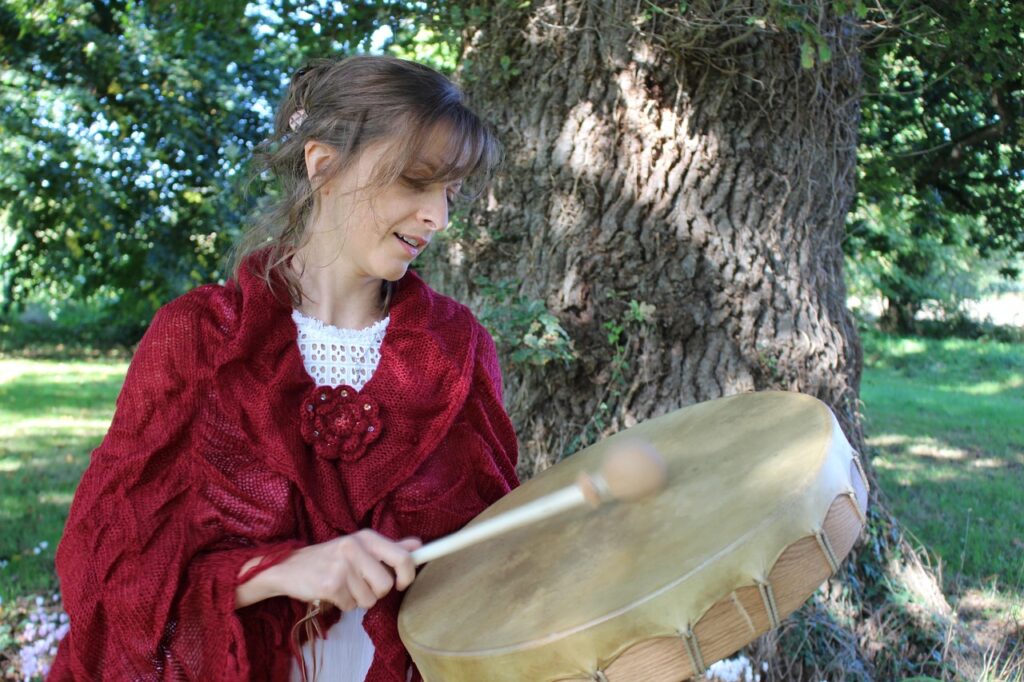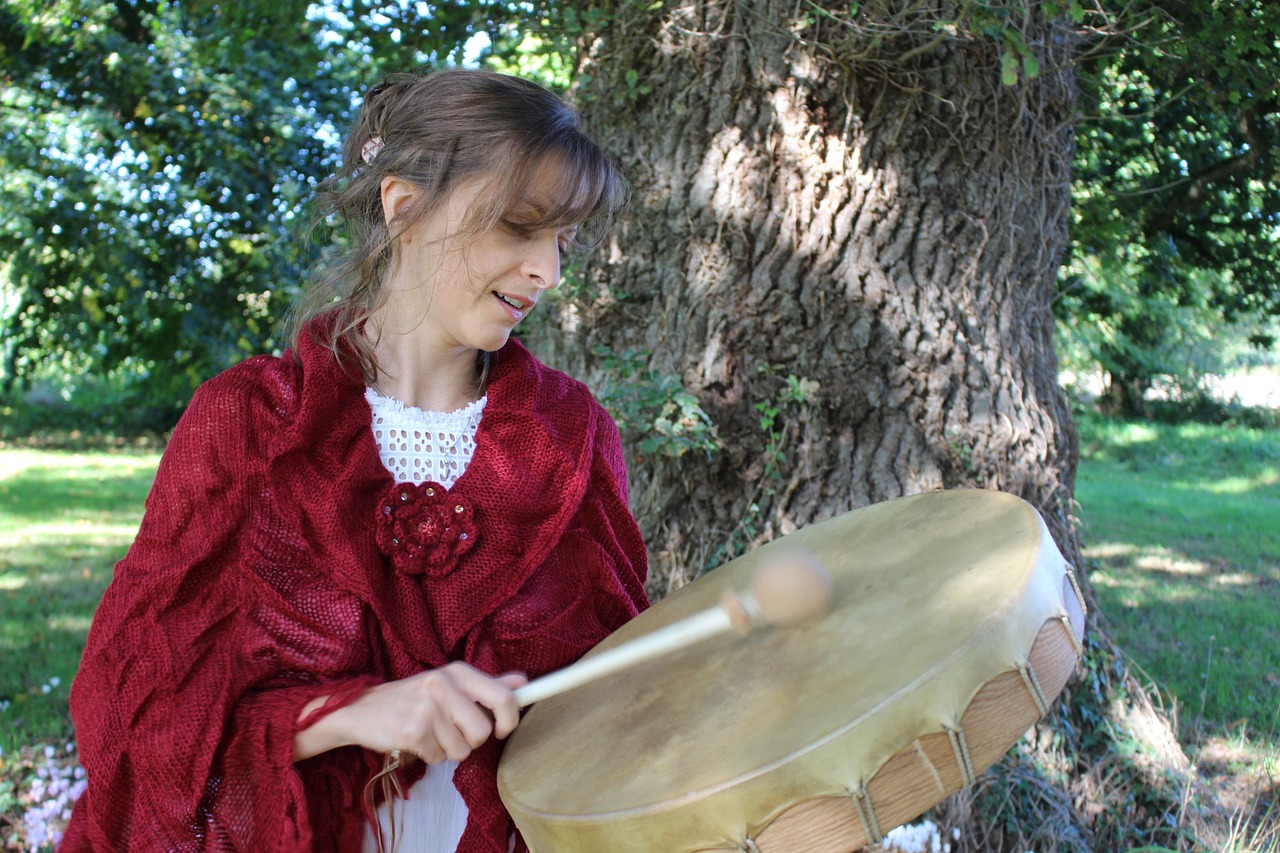Meter is what gives a poem its rhythm, or its songlike cadence. There are two things that create metered poetry:
- The stressed and unstressed division of the syllables.
- The number of syllables in each line. 1
Poets such as William Shakespeare, John Keats, and Edgar Allen Poe used meter in their poems. If you’ve read metered poetry, then it probably “sounds” more like a poem to you. That’s because the pattern is repeated–you can count on it. Our ears get used to it, like when we’re listening to a song. These types of poems also have some form of rhyme scheme, which we are often expecting when we read poetry. Modern day poets do not often use meter; however, knowing what it is can be helpful to poets who write in free verse.
Description of metrical feet
Think of a metrical foot like the beat on a drum. DUM dee dee, dee DUM, or DUM, DUM, for example. If the beat is in capital letters (DUM), then that is the part of the word that is stressed. Stressed means that when someone says the word, that syllable is more audible. When you see “dee” (lowercase letters), that means the syllable is unstressed–so not as heavy or as loud as the stressed one. Below is a list of metrical feet in poetry.
- Iambic-dee DUM | dee DUM | dee DUM
- Trochaic-DUM dee | DUM dee | DUM dee
- Spondaic-DUM DUM | DUM DUM | DUM DUM
- Dactylic-DUM dee dee | DUM dee dee| DUM dee dee
- Anapestic-Dee dee DUM | Dee dee DUM | Dee dee DUM |

Image by contact857 from Pixabay
Number of Metrical Feet
After choosing the type of foot to use, poets writing in meter then decide how many feet will go in each line of their poem. Those numbers have names too.
- One foot is a Monometer
- Two feet is Dimeter
- Three feet is Trimeter
- Four feet is Tetrameter
- Five feet is Pentameter
- Six feet is Hexameter
Combinations of metered poetry
Similar to picking out a pair of pants or a skirt to wear with a shirt or blouse, outfits are made by putting these combinations together. Here are some examples of metered pairings that can be created.
- iambic tetrameter
- iambic pentameter
- trochaic trimeter
- anapestic pentameter
- dactylic tetrameter
Why is knowing meter important?
If you are a beginning poet and writing free verse poetry, which is what I teach in my digital course, it’s still beneficial to understand what metered poetry is. First, you need to be of aware of why what you’re writing is different from poets like Shakespeare, or Poe, or Keats. That way you won’t feel like you have to write like them. Honestly, if you start comparing yourself to other poets, you may never write even a line of verse.
It’s also helpful if you can identify the rhythms in metered poetry because it may give you an idea of sounds or rhythms that appeal to you. Duplicating sounds, repetitions, or beats you like, even in the smallest way, will help you to create a voice for yourself as a poet. That doesn’t mean that you have to write a whole poem in meter, but you can try to recreate a bit of that sound every time your write. So, use your study of meter to enhance your poetry writing journey.
- Vaia. “Metrical Foot.” retrieved on January 25, 2025. https://www.vaia.com/en-us/explanations/english-literature/literary-devices/metrical-foot/#:~:text=Metrical%20feet%20are%20the%20basic,in%20the%20word%20’believe’. ↩︎
